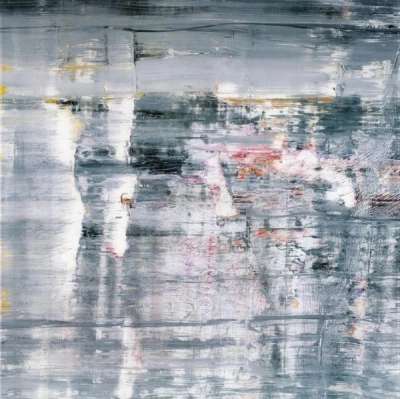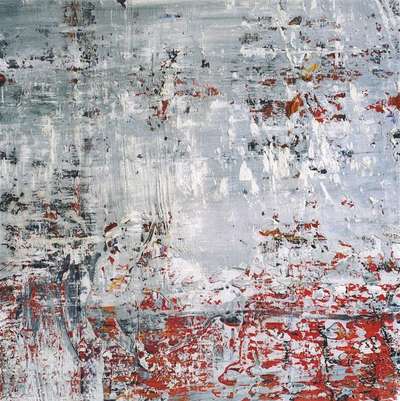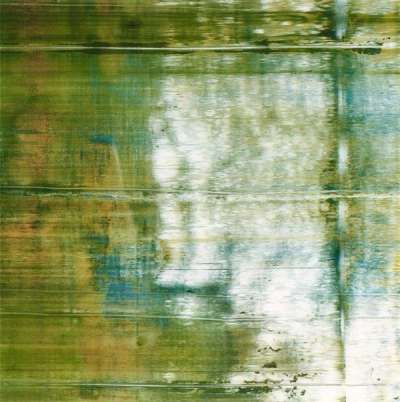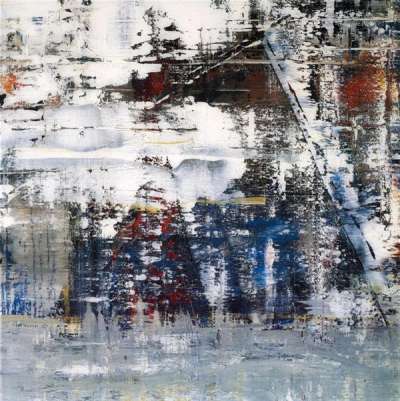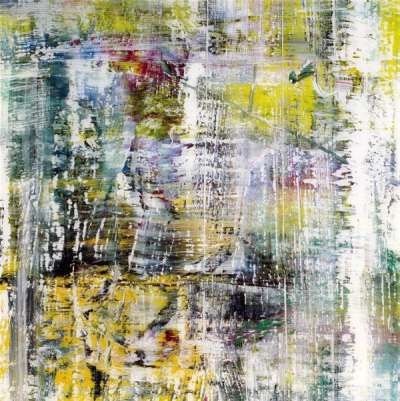
Cage f.ff II
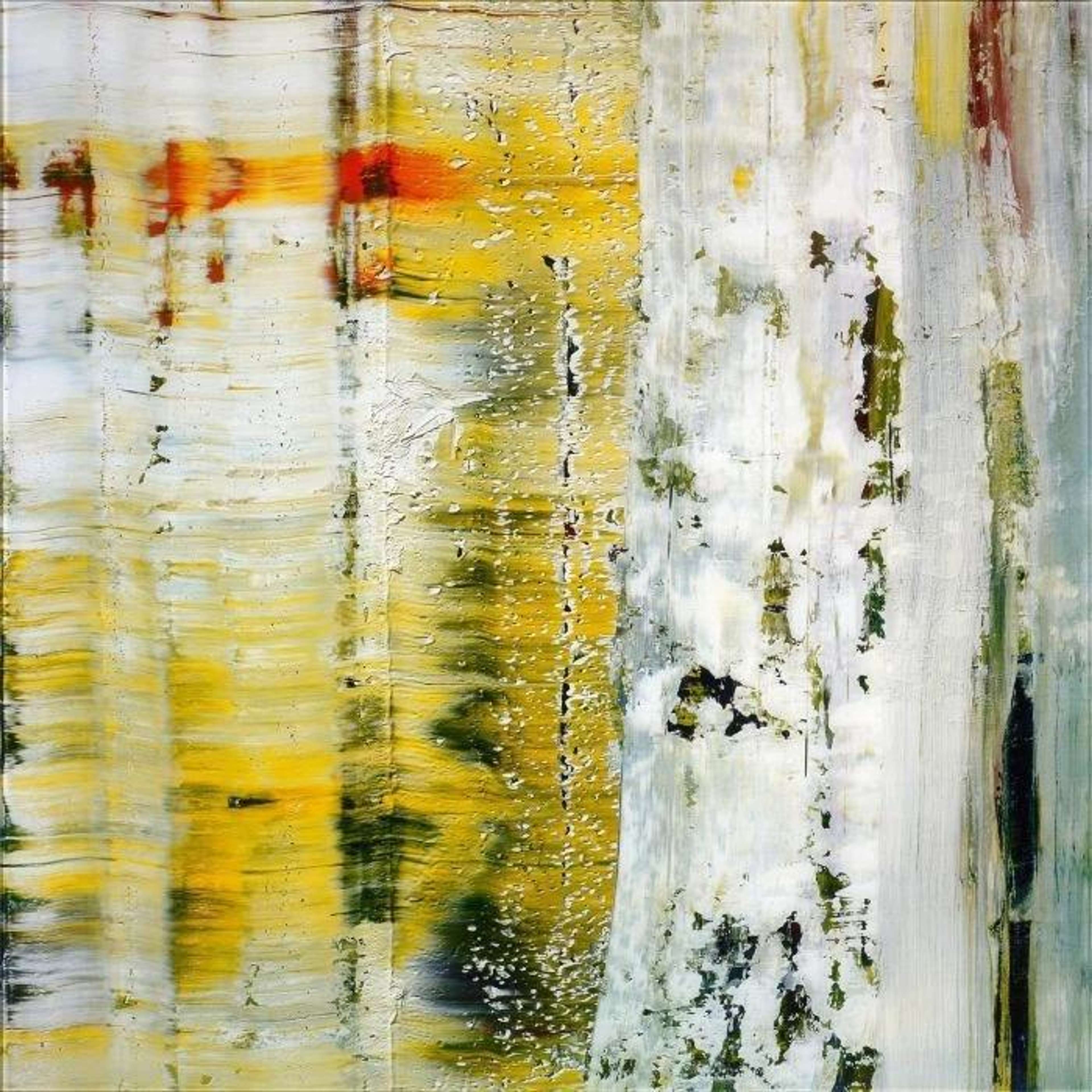
Cage f.ff II
Signed Print
Gerhard Richter
Price data unavailable
AAGR (5 years) This estimate blends recent public auction records with our own private sale data and network demand.
There aren't enough data points on this work for a comprehensive result. Please speak to a specialist by making an enquiry.
Medium: Lithograph
Edition size: 30
Year: 2015
Size: H 90cm x W 90cm
Signed: Yes
Format: Signed Print
Track this artwork in realtime
Watch artwork, manage valuations, track your portfolio and return against your collection
Meaning & Analysis
Cage f.ff II is a signed lithograph print issued in 2015 by seminal German visual artist Gerhard Richter, released in an edition of 30 as part of the Cage f.ff series. Made after one of the six Cage paintings that Richter painted in 2006, this abstract work is imbued with a sense of the avant-gardist, atonal sensibilities of its composer namesake: John Cage.
This work is another standout example of Richter’s unmistakable visual style and treatment of abstraction - a non-representational art philosophy of kinds, with which he has been experimenting since as early as the 1970s. Like Cage f.ff III, Cage f.ff II is a dynamic work that reproduces the awe-inspiring complexity of one of 6 paintings Richter created in 2006, each of which was inspired by the work of musician, composer, and installation artist, John Cage.
‘Western’ cultures have been instrumental in the scheme of Richter’s life and artistic career. in interview with curator Nicholas Serota, Richter cites the visit of the seminal MoMA exhibition The Family Of Man to West Berlin as a turning point in his life and career. Comprising the work of countless Western photographers, the exhibition had a profound impact on the young artist’s conception of what it was to depict his subjects; whilst before he ‘knew only paintings’, Richter quickly became aware of the productive representational possibilities afforded by the hand-held camera and photography.
Hailing from Germany, Gerhard Richter has not been confined to one visual style. A testament to versatility and artistic diversity, Richter's work spans from photorealism to abstraction and conceptual art, and his portfolio is rich in varied media. From creating bold canvases to working on glass to distort the lines between wall-based art and sculpture, Richter has honed in on the blur technique to impart an ambiguity on his creations. To this day, Richter is one of the most recognised artists of the 20th century with his art having been presented in exhibitions worldwide. His global impact underscores his legacy as a trailblazer of artistic exploration.
